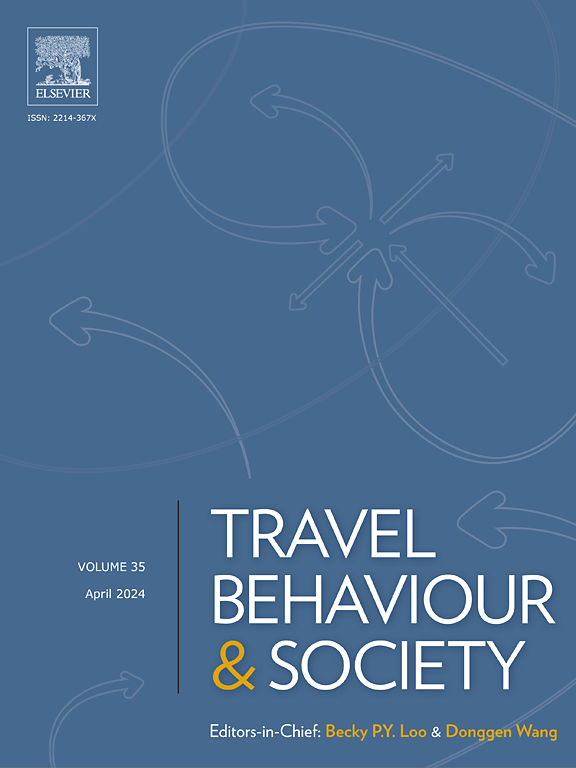The race travel penalty for food shopping in metropolitan areas of the United States
IF 5.7
2区 工程技术
Q1 TRANSPORTATION
引用次数: 0
Abstract
A tenet of transportation planning is that most consumers choose the closest destination when they can. However, when it comes to food shopping, the choice of store is determined by a broad set of characteristics and most shoppers are willing to make long trips to stores beyond their local neighborhoods, making travel an especially important determinant in accessing healthy and affordable food. Since residences and store locations are patterned by race in the United States, this study asks whether racial minorities must endure longer travel for food shopping compared to White travelers. Using a nationally representative data set from the American Time Use Survey (ATUS) and multiple regression, the analysis finds that Black, Asian, and Hispanic shoppers must spend substantially longer travel time when driving to a food store compared to White shoppers. Effective policy interventions require placing attention on supporting travel for disadvantaged residents so they can reach a varied set of food stores with nutritious offerings at competitive prices beyond the local neighborhood.
在美国大都市购买食品的种族旅行处罚
交通规划的一个原则是,大多数消费者会尽可能选择最近的目的地。然而,当涉及到食品购物时,商店的选择是由一系列广泛的特征决定的,大多数购物者愿意长途旅行到当地社区以外的商店,这使得旅行成为获得健康和负担得起的食品的一个特别重要的决定因素。由于美国的住宅和商店地点都是按种族划分的,因此这项研究提出了一个问题:与白人旅行者相比,少数种族是否必须忍受更长时间的旅行来购买食品。使用美国时间使用调查(ATUS)的全国代表性数据集和多元回归分析发现,与白人购物者相比,黑人,亚洲人和西班牙裔购物者在开车去食品店时必须花费更长的旅行时间。有效的政策干预需要把重点放在支持弱势居民的出行上,以便他们能够在当地社区以外的地方以具有竞争力的价格购买到各种营养丰富的食品商店。
本文章由计算机程序翻译,如有差异,请以英文原文为准。
求助全文
约1分钟内获得全文
求助全文
来源期刊

Travel Behaviour and Society
TRANSPORTATION-
CiteScore
9.80
自引率
7.70%
发文量
109
期刊介绍:
Travel Behaviour and Society is an interdisciplinary journal publishing high-quality original papers which report leading edge research in theories, methodologies and applications concerning transportation issues and challenges which involve the social and spatial dimensions. In particular, it provides a discussion forum for major research in travel behaviour, transportation infrastructure, transportation and environmental issues, mobility and social sustainability, transportation geographic information systems (TGIS), transportation and quality of life, transportation data collection and analysis, etc.
 求助内容:
求助内容: 应助结果提醒方式:
应助结果提醒方式:


